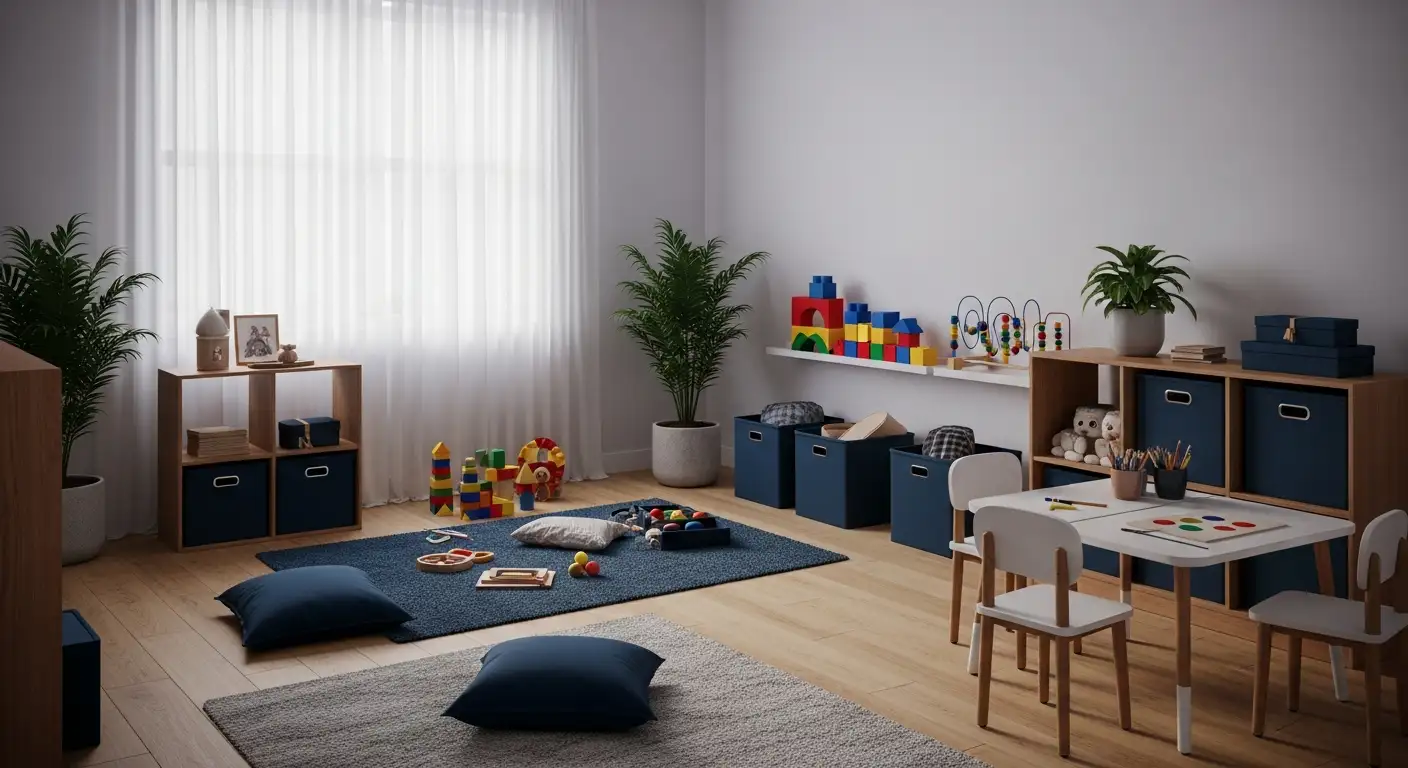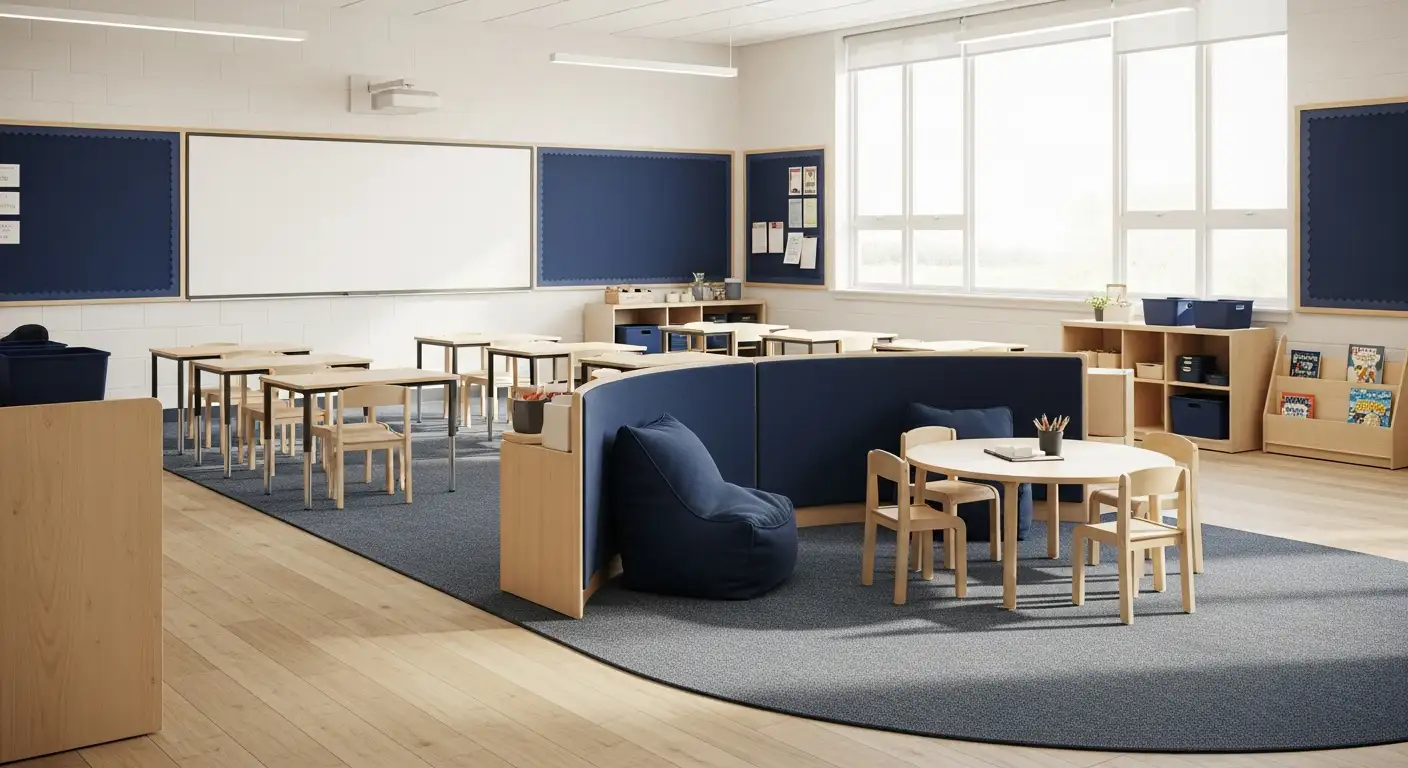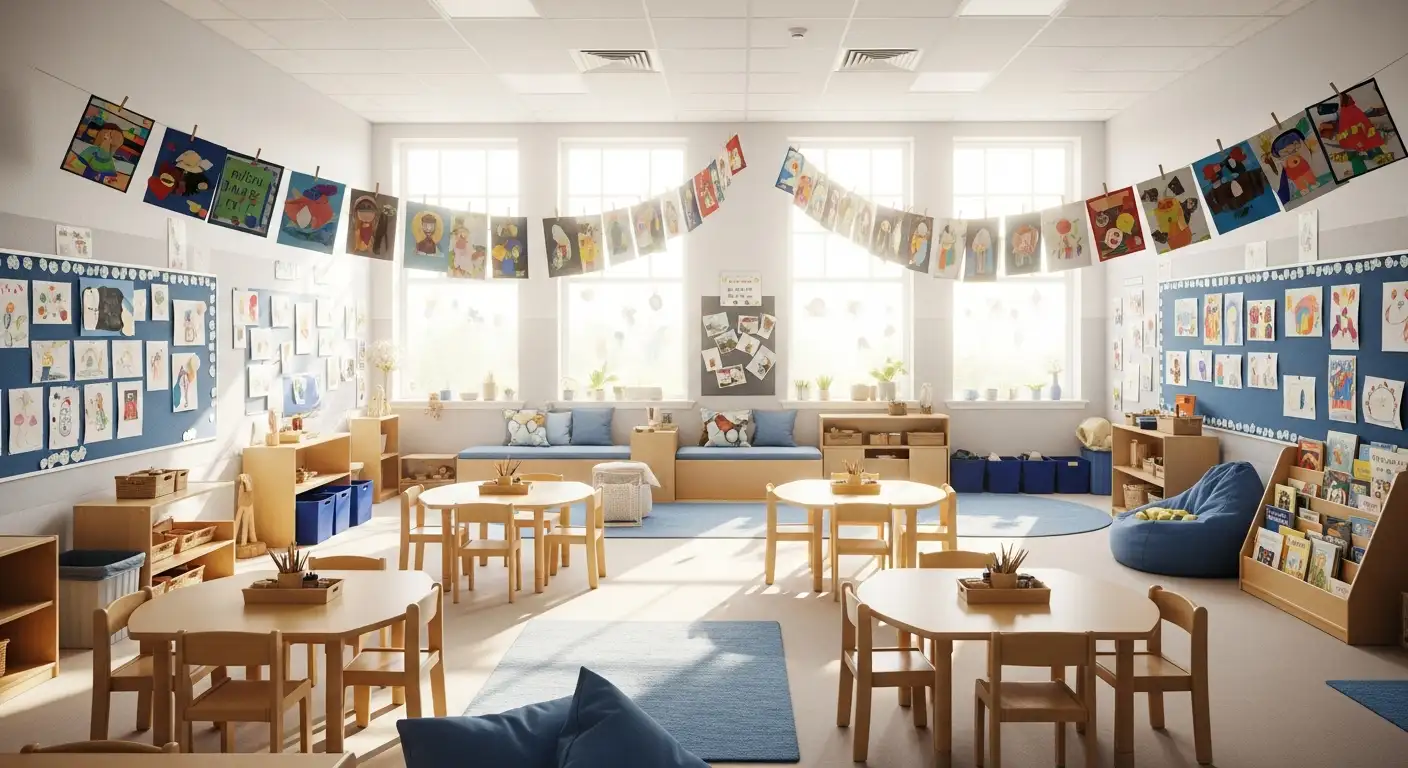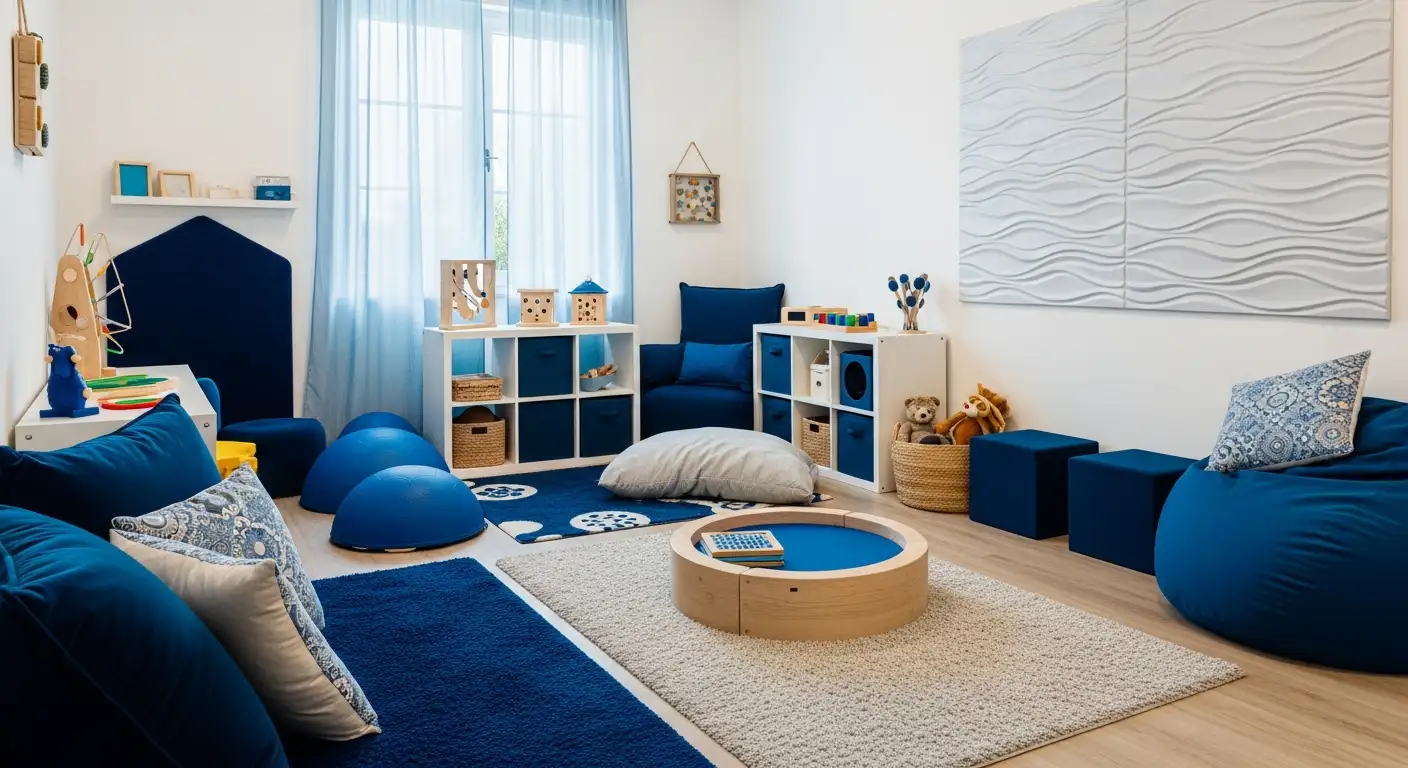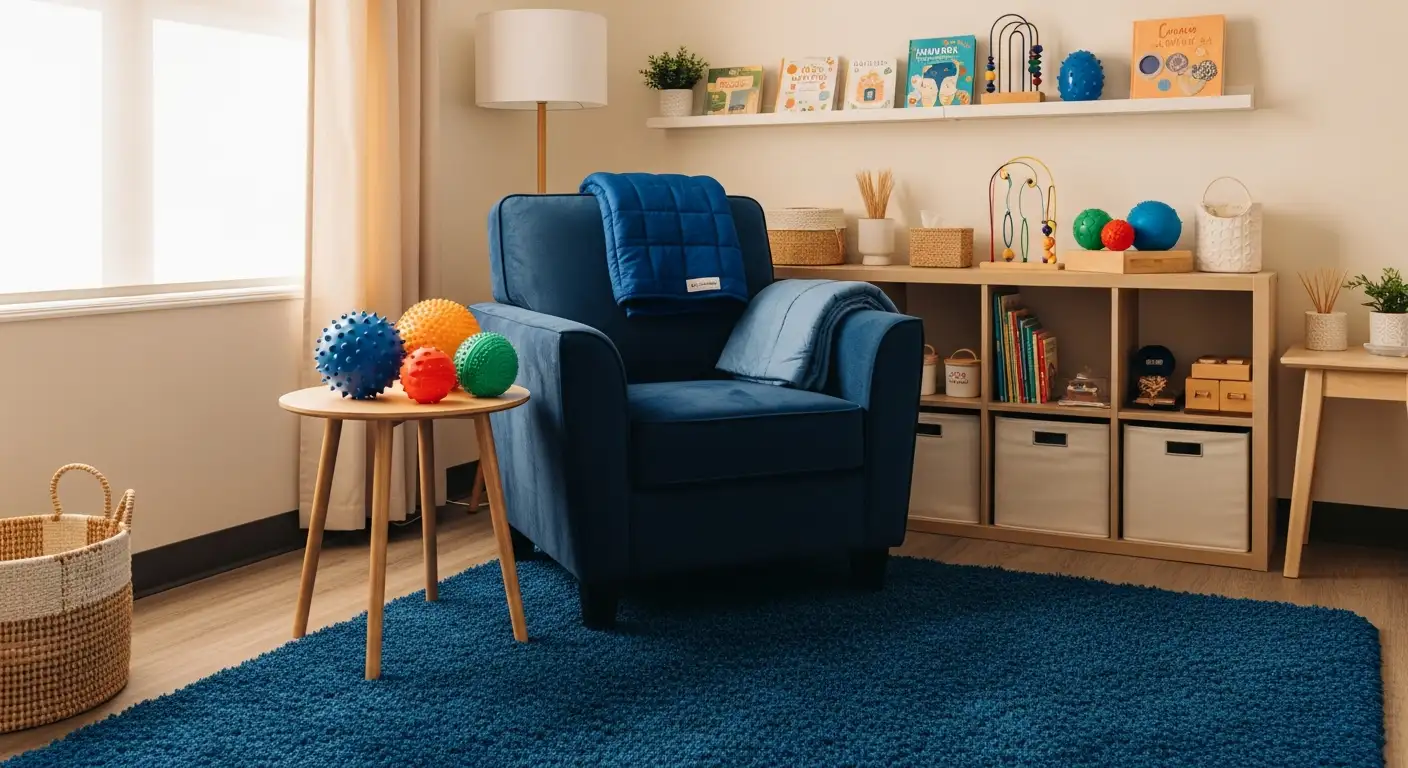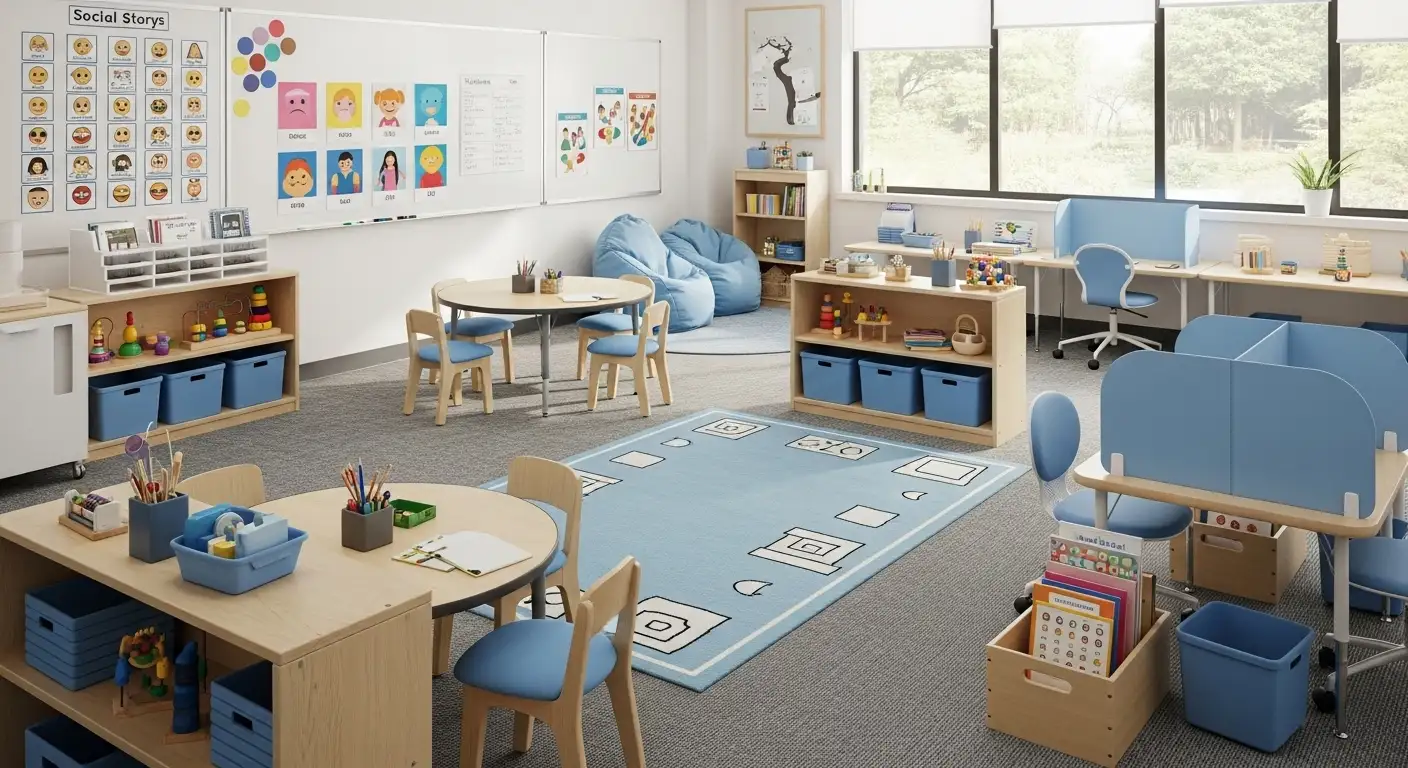Guide to Autism for Families: What to Expect and How to Help
Learn all about autism, how to support your child, therapies, and resources for parents.

Key Points:
- Understanding autism spectrum disorder (ASD) helps parents support their child's unique development and needs.
- Early intervention, therapy options, and education planning play major roles in improving quality of life.
- Practical home strategies and self-care tips empower parents in their long-term journey.
Learning that your child may be on the autism spectrum can be both overwhelming and confusing. As a parent, you want to do everything possible to understand your child’s world and meet their needs.
A comprehensive autism parent guide can provide the foundation you need to make informed decisions and support your child's journey. In this article, we’ll walk you through the key aspects of raising a child with autism—from diagnosis to day-to-day life—so you feel better prepared and less alone.
What is an Autism Parent Guide?
An autism parent guide offers practical, science-backed information to help caregivers understand autism and navigate the journey of raising a child on the spectrum.
It is not a one-size-fits-all manual. Every child with autism is different, and this guide aims to provide a framework that parents can adapt to their child’s unique strengths and challenges. Topics range from recognizing early signs to finding the right therapies and preparing for school transitions.
How Can Parents Tell If Their Child Has Autism?
Spotting the early signs of autism can make a significant difference in developmental outcomes. Children with ASD often show signs by age two, though subtle behaviors may appear even earlier. Recognizing these signs helps families pursue early evaluation and support.
Some common early indicators include:
1. Limited Eye Contact and Response
Children with autism may avoid eye contact or not respond consistently to their name, indicating early challenges in social engagement and attention.
2. Delayed or Absent Speech
Speech development may be delayed or absent, with some children not speaking at all or struggling to use language for communication.
3. Repetitive Behaviors
Repetitive movements like rocking, hand-flapping, or spinning objects are common and serve as self-soothing or sensory-regulating actions.
4. Intense Interests
Children may focus deeply on specific topics or objects, showing an unusual intensity or fixation compared to their peers.
5. Difficulty with Social Cues
Challenges understanding facial expressions, body language, or engaging in pretend play can signal difficulties with social interaction and communication.
If you notice several of these signs, speak with your pediatrician or a developmental specialist. A formal evaluation can help determine the right course of action.
What are the Key Differences Between Autism and Other Delays?
While autism and other developmental delays may share similar signs like speech or social difficulties, their causes and behaviors differ. Autism is characterized by challenges in social communication, repetitive behaviors, and sensory sensitivities, whereas other delays might primarily affect language or motor skills without these patterns.
Understanding these distinctions helps guide appropriate evaluations and interventions tailored to each child’s unique needs. Early assessment by professionals is essential to identify whether behaviors stem from autism, another delay, or both, ensuring the best support and resources.
How Can Parents Support Autistic Children at Home?
Parent involvement is one of the most important factors in a child’s progress. Creating a supportive home environment can help reinforce skills and reduce stress. Below are strategies for supporting your child at home:
1. Establish Predictable Routines
Visual schedules provide structure, helping children anticipate daily activities. Predictability reduces anxiety and supports emotional regulation, making transitions easier and promoting independence throughout their day.
2. Use Clear Language and Visuals
Simple, direct language paired with visual cues or gestures enhances understanding. This approach helps children process information better and supports effective communication.
3. Practice Patience and Processing Time
Giving extra time for your child to process instructions lowers frustration and improves response accuracy. Patience encourages confidence and promotes learning at a comfortable pace.
4. Minimize Sensory Overload
Soft lighting, quiet spaces, and reduced stimuli help regulate sensory input. A calm environment decreases stress and improves focus for children sensitive to sensory overload.
5. Celebrate Progress
Acknowledging small achievements builds self-esteem and motivation. Focusing on progress rather than perfection encourages a positive mindset and ongoing effort.
6. Maintain Consistency
Consistent routines and expectations create security and predictability. This stability helps reduce anxiety and supports better behavior and emotional well-being.
Don’t underestimate the value of consistency. When your child knows what to expect, it often reduces anxiety and improves behavior.

What Should Parents Know About School and Education?
Navigating school can be complex, but it’s an essential part of your child’s development. Whether your child is in preschool or preparing for high school, understanding your rights and options will make a big difference.
Here are some things to consider:
1. Understand the IEP
An Individualized Education Program legally defines your child’s learning goals and accommodations, ensuring tailored support for their unique needs within the school system.
2. Know About 504 Plans
A 504 Plan provides classroom accommodations to support learning but does not include specialized instruction or individualized teaching strategies.
3. Explore Special Education Services
Services range from in-class assistance to specialized autism classrooms, designed to meet varying levels of support your child may require.
4. Collaborate with Educators
Maintain open communication with teachers and staff to advocate effectively and ensure your child’s educational and social needs are addressed.
5. Be an Active Advocate
Attend meetings, ask questions, and participate in decisions to secure appropriate services that match your child’s strengths and challenges.
Ask questions, attend meetings, and advocate for services that align with your child’s goals.
How Can Parents Practice Self-Care?
Parenting a child with autism is rewarding, but it can also be emotionally and physically demanding. Prioritizing your own well-being is essential to avoid burnout and stay resilient. Below are ways to protect your mental and emotional health:
1. Join Support Groups
Support groups connect parents facing similar experiences, offering emotional relief, practical advice, and a sense of community. Sharing challenges and successes reduces isolation and builds resilience.
2. Take Breaks Regularly
Regular breaks help parents recharge physically and emotionally. Scheduling self-care time prevents burnout, improves patience, and enhances your ability to support your child effectively over the long term.
3. Seek Professional Counseling
Professional counseling offers a safe environment to explore feelings, manage stress, and develop healthy coping strategies. Therapy supports emotional well-being and helps maintain balance amid parenting challenges.
4. Celebrate All Progress
Acknowledging small victories for both you and your child fosters positivity. Celebrating progress builds confidence and motivation, encouraging continued growth despite obstacles.
5. Set Realistic Expectations
Setting achievable goals and practicing self-compassion reduces pressure. Accepting imperfections and setbacks allows parents to maintain patience and sustain their caregiving role with less stress.
Self-care isn’t selfish. The stronger you are, the better equipped you’ll be to support your child long-term.
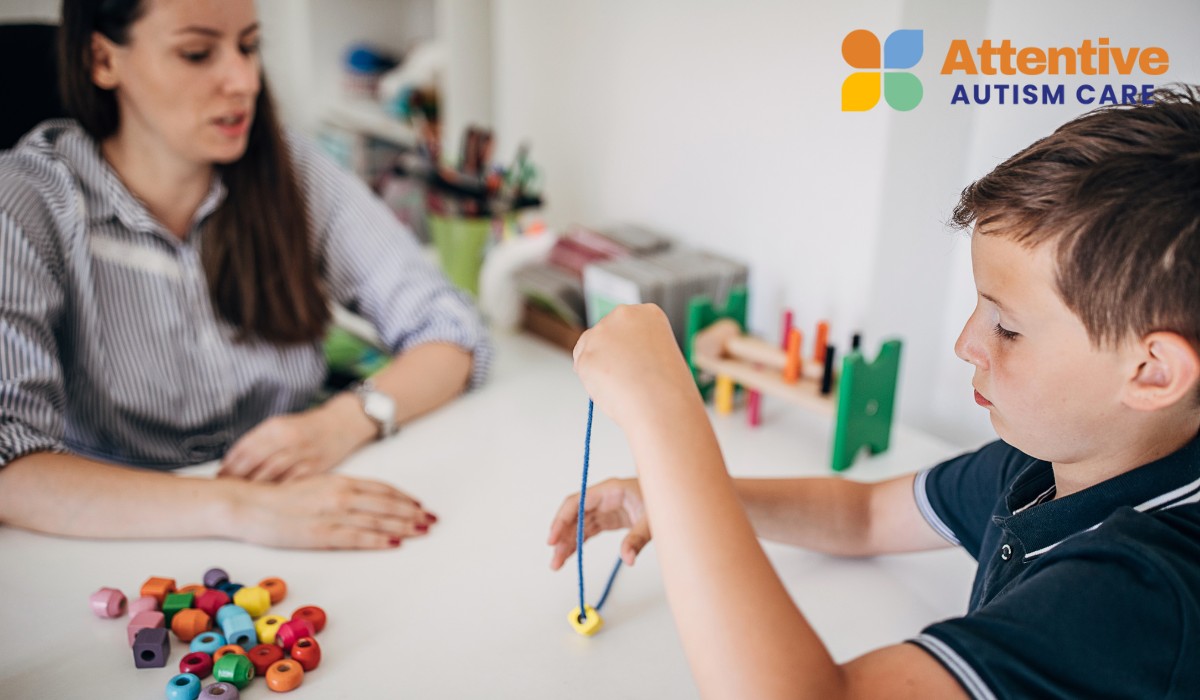
What Services and Therapies Help Autism?
Once a diagnosis is in place, your child may benefit from a variety of interventions. Early and consistent support is key in improving developmental outcomes. The right combination of services depends on your child’s specific needs and abilities.
Common services include:
1. ABA Therapy
Uses positive reinforcement to teach skills, reduce challenging behaviors, and promote independence.
2. Speech Therapy
Supports the development of communication, articulation, and social language skills.
3. Occupational Therapy
Improves motor skills, daily living activities, and helps with sensory processing challenges.
4. Social Skills Groups
Teaches appropriate peer interaction, turn-taking, and understanding social cues.
Always ensure therapies are evidence-based and tailored to your child’s profile. A multidisciplinary approach often works best.
Empower Your Journey With ABA Therapy
Supporting a child with autism involves daily learning, adapting, and celebrating small victories. ABA therapy offers a structured, proven approach that helps children develop critical communication, social, and self-help skills in a personalized way.
Attentive Autism Care provides ABA therapy in Colorado, Utah, North Carolina, Maryland, New Mexico, and Nebraska. Our compassionate team works closely with families to design programs that meet each child’s needs.
Contact us today to learn how ABA therapy can support your child’s development and provide lasting progress for your family.






